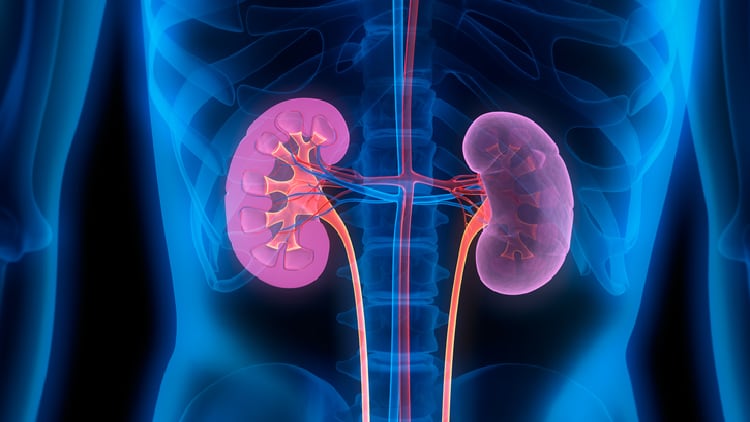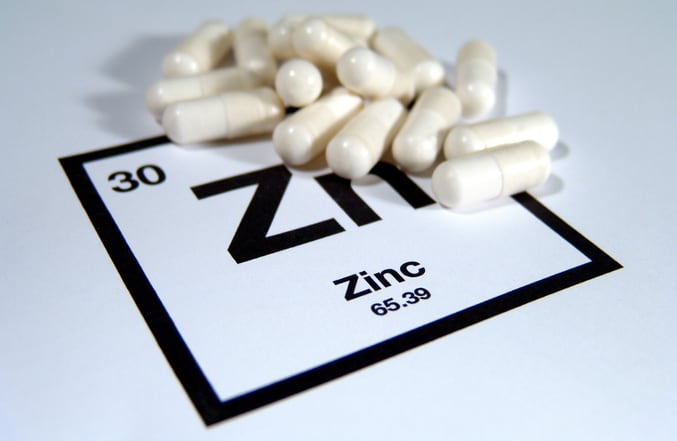CKD continues to pose significant challenges globally, and as it progresses to end-stage renal disease (ESRD), patients experience heightened mortality rates and a decline in quality of life. Despite efforts to provide multi-disciplinary care and interventions, adherence to conventional treatments remains a challenge. Consequently, many CKD patients in Taiwan have turned to CAM in pursuit of improved well-being and quality of life.
A recent study conducted by researchers at Taiwan’s Chang Gung University College of Medicine and China Medical University has shed light on the prevalence and types of CAM used by CKD patients, as well as their tendency not to disclose their CAM use to their healthcare providers and the subsequent health implications of this non-disclosure.
Comparison with international surveys highlighted variations in CAM usage rates among CKD patients across different countries. While the prevalence of CAM use in Taiwan was lower compared to that in Egypt, it exceeded rates reported in Turkey, Malaysia and Korea. Disparities in CAM usage were attributed to factors such as cultural influences, geographical location and healthcare policies.
Patterns among the patients
Over a period spanning March 2021 to June 2023, researchers conducted a cross-sectional questionnaire survey involving 275 pre-dialysis patients with CKD who were receiving outpatient care at a nephrology clinic at Chang Gung Memorial Hospital in Kaohsiung. The study focused on patients who had not undergone dialysis treatment or kidney transplants.
The findings subsequently revealed that 46.5% of the surveyed patients reported using CAM. However, there were no significant differences in CAM usage across various stages of CKD. Notably, CAM usage was more prevalent among patients aged between 20 and 60 years and those who had been diagnosed with CKD within the previous five years.
Nutritional approaches emerged as the most commonly utilised type of CAM among the patients, with 79.7% incorporating such methods into their treatment regimen. Vitamins and minerals were among the most frequently used modalities, with 38.3% of the patients relying on them.
Medicinal motivations and compliance concerns
Patients cited a desire for general health improvement and a proactive attitude as the main drivers for their CAM usage, with only a small minority reporting using CAM due to dissatisfaction with conventional treatment.
One statistic that sparked concern was the surveyed patients reporting that their family and friends were their primary sources of information regarding CAM, highlighting the influence of social networks.
Yet more alarming was that despite the widespread use of CAM, only a minority of patients (27.1%) disclosed their CAM usage to their physicians. A significant majority (72.9%) did not disclose their CAM usage to their physicians, fearing disapproval or believing it unnecessary to share such information.
This non-disclosure raised concerns about potential interactions between CAM and conventional treatments, therefore highlighting the need for improved patient-physician communication. In fact, despite high satisfaction rates among CAM users, a small fraction reported adverse effects or compromised compliance with modern medical treatments.
Despite its contributions, the study had limitations, including its focus on a specific population in southern Taiwan. There were also potential biases, such as recall bias and Neyman bias. Nonetheless, it underscored the prevalent use of CAM among pre-dialysis CKD patients in Taiwan and highlighted the importance of integrating CAM discussions into clinical consultations.
The researchers concluded: “CAM use, in particular nutritional approaches, is common in patients with pre-dialysis on the P4P programme in Taiwan and is used by a greater percentage of non-elderly group and shorter duration of CKD. The majority of the patients did not disclose their use of CAM to their physicians because they were worried that their physicians would prohibit their use.
“Thus, it is critical for healthcare professionals to integrate information from patients’ CAM usage and educate them according to evidence-based practice. More studies concerning the safety and efficacy of CAM in the management of CKD in the P4P programme should be conducted to achieve better healthcare quality and disease outcomes if any benefits are supported.”
Source: National Center for Biotechnology Information
“Prevalence and varieties of complementary and alternative medicine usage among individuals with pre-dialysis chronic kidney disease in Taiwan: an investigative cross-sectional analysis”
https://doi.org/10.1186/s12906-023-04311-2
Authors: Ming-Yen Tsai, et al.




